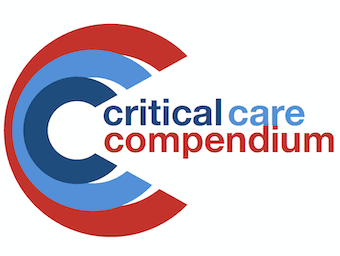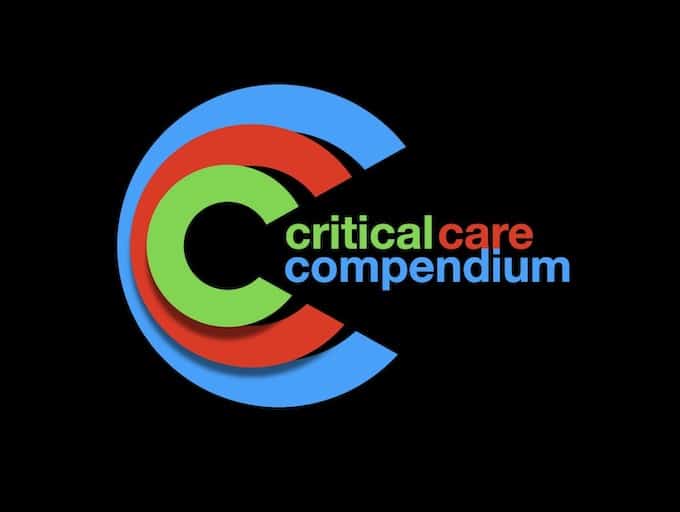
Intra-Aortic Balloon Pump Overview
Intra-Aortic Balloon Pump (IABP) or intra-aortic counterpulsation device the balloon is inflated during diastole to increase coronary perfusion and then deflated during systole to decrease afterload

Intra-Aortic Balloon Pump (IABP) or intra-aortic counterpulsation device the balloon is inflated during diastole to increase coronary perfusion and then deflated during systole to decrease afterload

Catecholamine excess, or 'sympathetic overload', may be harmful in critically ill patients, including those with septic shock. Catacholamine excess is associated with specific conditions such as Takotsubo cardiomyopathy

Tenecteplase is a tissue plasminogen activator used as a thrombolytic medication in: Acute Ischaemic Strokes, Acute Myocardial Infarction, PE

Pacing Modes – Advantages and Disadvantages

electromagnetic interference can affect the function of implanted electronic devices such as pacemakers and ICDs

Temporary Pacemaker Troubleshooting. Problems with pacing: output failure, failure to capture. Problems with sensing: oversensing, undersensing and Pacemaker syndromes

Pacemakers are devices that detect the electrical activity of the heart and stimulate it to contract at a faster rate.

Overdrive pacing = pacing the heart at a higher rate than the native heart rate; VT or VF can result -> always have DC cardioversion available

Pulmonary hypertension (PHT) is present when mean pulmonary artery pressure exceeds 25 mm Hg at rest or 30 mm Hg with exercise. Primary PHT is a relatively rare idiopathic condition; Secondary PHT is usually due to cardiac or respiratory cause

STEMI is a type of acute coronary syndrome that requires emergency reperfusion therapy. Definition and assessment of STEMI is described in Acute Coronary Syndromes

Narrow Complex Tachycardia: two main categories: 1. AV node independent; 2. AV node dependent

Myocarditis: inflammation of heart muscle -> lymphocytic and fibroblast infiltration + myocyte necrosis